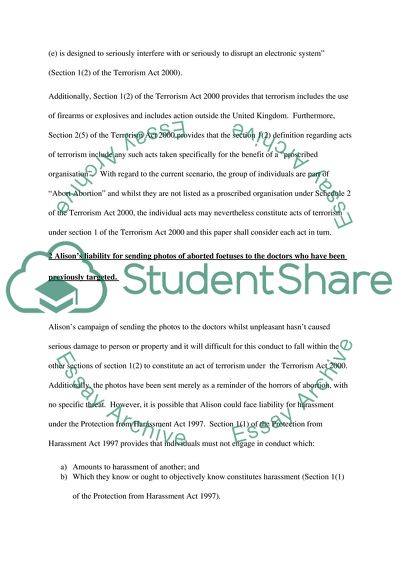Cite this document
(The Problematic Offence of Terrorism Assignment - 1, n.d.)
The Problematic Offence of Terrorism Assignment - 1. https://studentshare.org/sociology/1750394-section-1-of-the-terrorism-act-2000
The Problematic Offence of Terrorism Assignment - 1. https://studentshare.org/sociology/1750394-section-1-of-the-terrorism-act-2000
(The Problematic Offence of Terrorism Assignment - 1)
The Problematic Offence of Terrorism Assignment - 1. https://studentshare.org/sociology/1750394-section-1-of-the-terrorism-act-2000.
The Problematic Offence of Terrorism Assignment - 1. https://studentshare.org/sociology/1750394-section-1-of-the-terrorism-act-2000.
“The Problematic Offence of Terrorism Assignment - 1”. https://studentshare.org/sociology/1750394-section-1-of-the-terrorism-act-2000.


